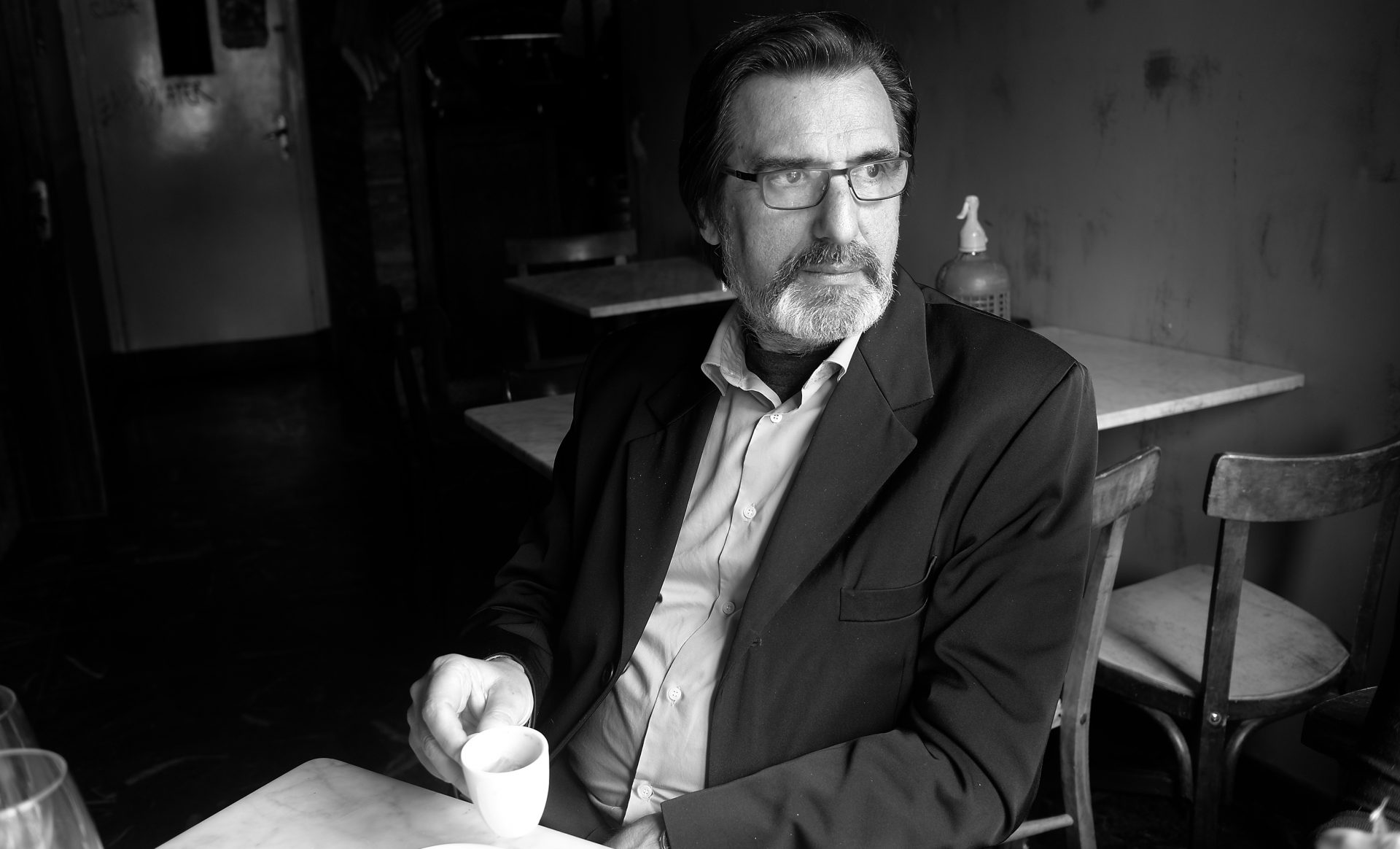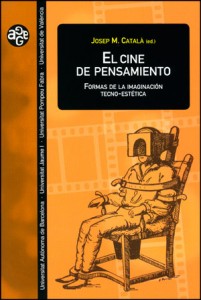In a time which leans towards post-humanism and in which thought appears to be dangerously suspended by the seduction of technology, the possibility of thinking with the moving image appears. This type of image, which was born with cinema and inaugurated a new regime in visual representation whose true scope we are only now beginning to understand, implies the emergence of a new form of audiovisual rhetoric which exceeds the limits of classical cinematographic language and makes it possible to develop unprecedented forms of knowledge which, in turn, broaden the regime of thinking based solely on the word, and with it the search for new alliances.
Stemming from a far-reaching investigation into the phenomenology of the relationships between cinema and thought, this book presents a series of approaches to different facets of the cinematographic phenomenon which range from the practices of the avant-garde to the treatment of the landscape of non-places, including an approach to filmmakers who work within the scope of the film-essay, like Herzog, Farocki or Rossellini, as well as the analysis of other territories connected to memory or to popular cinema. By means of these different perspectives, the diverse facets of cinematographic thought are covered, from the possibility of a thinking that is essentially filmic to the development of thinking through cinema.
Collective works can be considered the antechambers of what is now called collective intelligence, as they are nothing more than a combination of thoughts that, when added, give us the measure of reality of a determined object of study. They are a particularly effective resource in cases where this object is a more or less virgin territory which is accessed without a prior map: in such cases, the collective gaze is always more penetrating than a particular one from one author alone. This specific book began as a collective project, even if it was a collectivity reduced to two people: Fabiola Alcalà was the first person responsible for its genesis; she convinced the editor of this anthology that it was a worthwhile enterprise to combine intellectual efforts in order to reflect on the always intriguing relationship between cinema and thought. Afterwards others interested in this perspective joined in, until the list authors was completed; along with the aforementioned Fabiola Alcalá and Josep M. Català, who was in charge of the compilation, the authors include Mª Soliña Barreiro, Elisabet Cabeza, Efrén Cuevas, Ludovico Longhi, María Luna, Carlos Muguiro, José Antonio Palao and Jacobo Sucari.
CONTENT
Prólogo
Josep M. Català: El cine y la hermenéutica del movimiento: Retórica y tecnología
María Soliña Barreiro: Epistemología de la imagen mecánica en los años 20. De la vanguardia revelacionista a la ironía de retaguardia
Jacobo Sucari: Perder la cabeza al ritmo de la máquina
Fabiola Alcaá: El cine de lo real. La huella de Alexander Kluge, Werner Herzog y Harun Farocki
Ludovico Longhi: El cine en televisión pensado por Rossellini
Elisabet Cabeza: James Bond en el diván: Psicoanálisis y cinefilia en el 50 aniversario de la saga cinematográfica del agente 007
Juan Antonio Palao Errando: Segura al 95%. La reintroducción del sujeto en la ficción detectivesca a partir de Zero Dark Thirty
Efrén Cuevas Álvaro: La memoria del cine o el cine que recuerda
María Fernanda Luna: El lugar de la heterotopía en la mirada documental
Carlos Muguiro: El enigma paisajístico de Acorazado Potemkin: Einsenstein, Baláz y el origen de la estética del paisaje en el cine ruso

